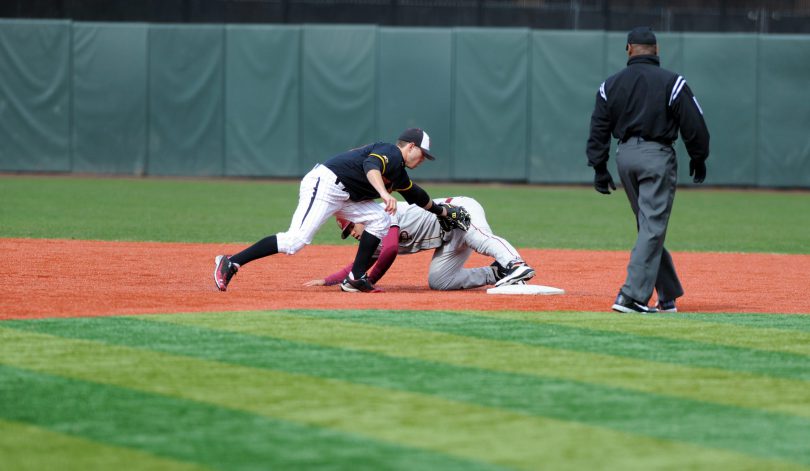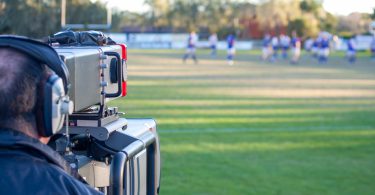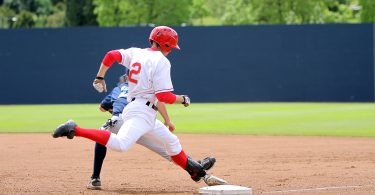Anyone involved in college baseball will tell you that the adjustment for incoming freshmen is difficult. The level of play is much better, the game is played at a much faster pace, and the competition is older and more physically, mentally, and emotionally mature. If it sounds like you are up against a lot as a college freshman, it’s because you are. It takes a special player to come in and earn significant playing time as a first-year player. There will always be the stud player who comes in and is ready to contribute, but there’s a more common way a player finds the field in his first year as a college player—versatility!
When we ask college coaches what they look for in recruits, athleticism is always one of the first things that come up. Being athletic and being versatile go hand-in-hand. Rather than thinking of yourself confined to your “natural position”—a shortstop, a centerfielder, etc., think of yourself as a ballplayer. Having the ability and athleticism to play multiple positions will open many doors. Each year, unexpected injuries, poor performances, or other forms of adversity leave coaches looking for a way to get the best bats into the lineup. The question often comes down to defensive versatility. “He’s our best offensive option, but can he hold his own out of his primary position?”
Don’t believe us? Listen to how Minnesota Twins AA Catcher and former Cal Baseball standout Mitchell Kranson found the field as a freshman in Episode 28 of the KPB Podcast. Kranson’s stick was never a question, but he earned playing time with his ability to play multiple positions when the team’s senior first baseman went down with an injury a week before opening day. Kranson’s success at the plate and ability to hold his own at different positions continued to be an asset throughout his college career, where he played 5 different positions. Not surprisingly, he always stayed on the field and ended up as a high draft pick for the Twins as a Catcher, the position he was originally recruited for.
Kranson isn’t alone in his story. Each year, young players who have shown some hitting ability find themselves playing in new or secondary positions at the college level. While some stick in their new-found positions, most return to the position they were primarily recruited for by the time they graduate. Older players simply have a big physical advantage because of their maturity and time in the weight room. Until you are one of the upperclassmen for your college team, you often have to play wherever you can.
So, what can you do to be more versatile? There are some practical things you can do like play different positions, take ground balls and fly balls, and study every position closely so you can learn to think the game on a high level. Knowing the roles and responsibilities of all 9 defensive positions gives you a huge leg up. However, the most important thing you can do is have the mindset that you are willing to play anywhere.
When an interested college coach asks you what position you play, tell him anywhere he wants you to play to help the team win. Not only will this paint you in a positive light as a recruit, but having this mentality also puts you in the best position to earn playing time as a young college player. Line-ups in the college game are often like a big game of musical chairs. When the music starts, be willing and ready to play anywhere. When it stops, you’ll likely find yourself in the lineup contributing. Why? Because versatility is a very desirable attribute!






